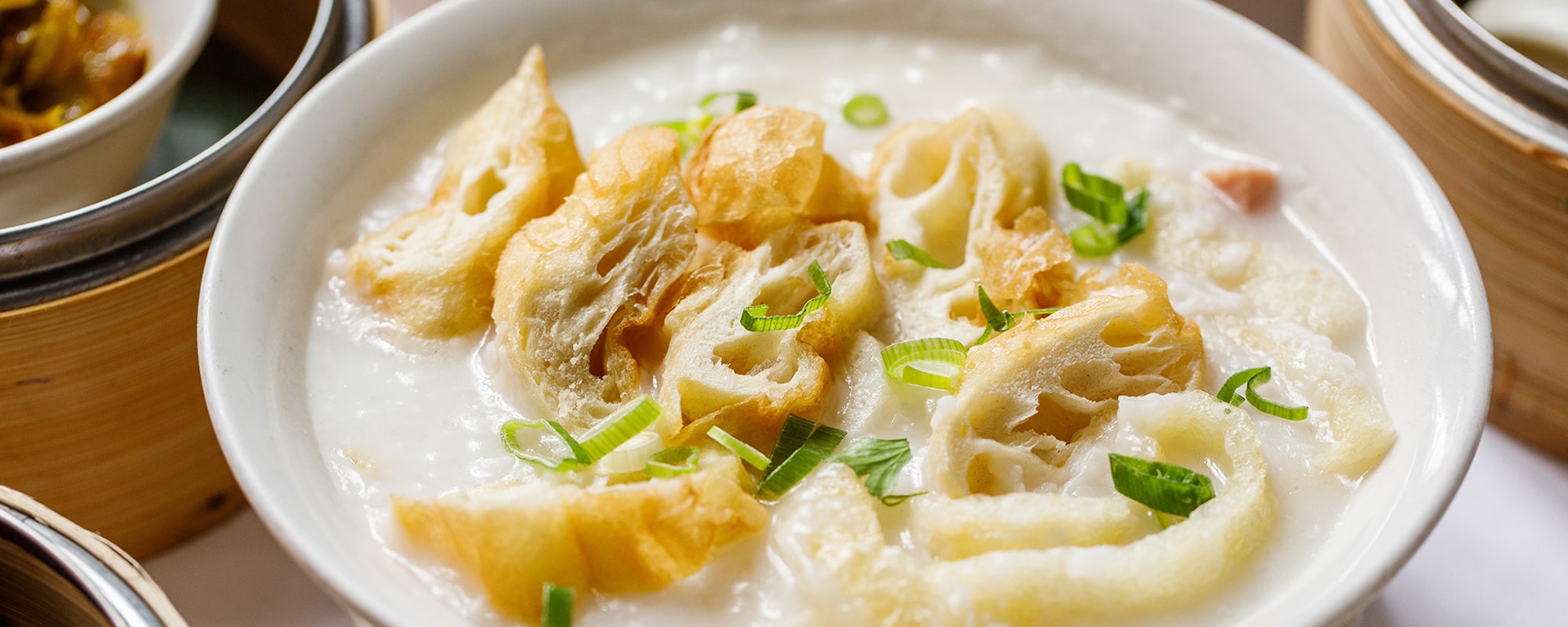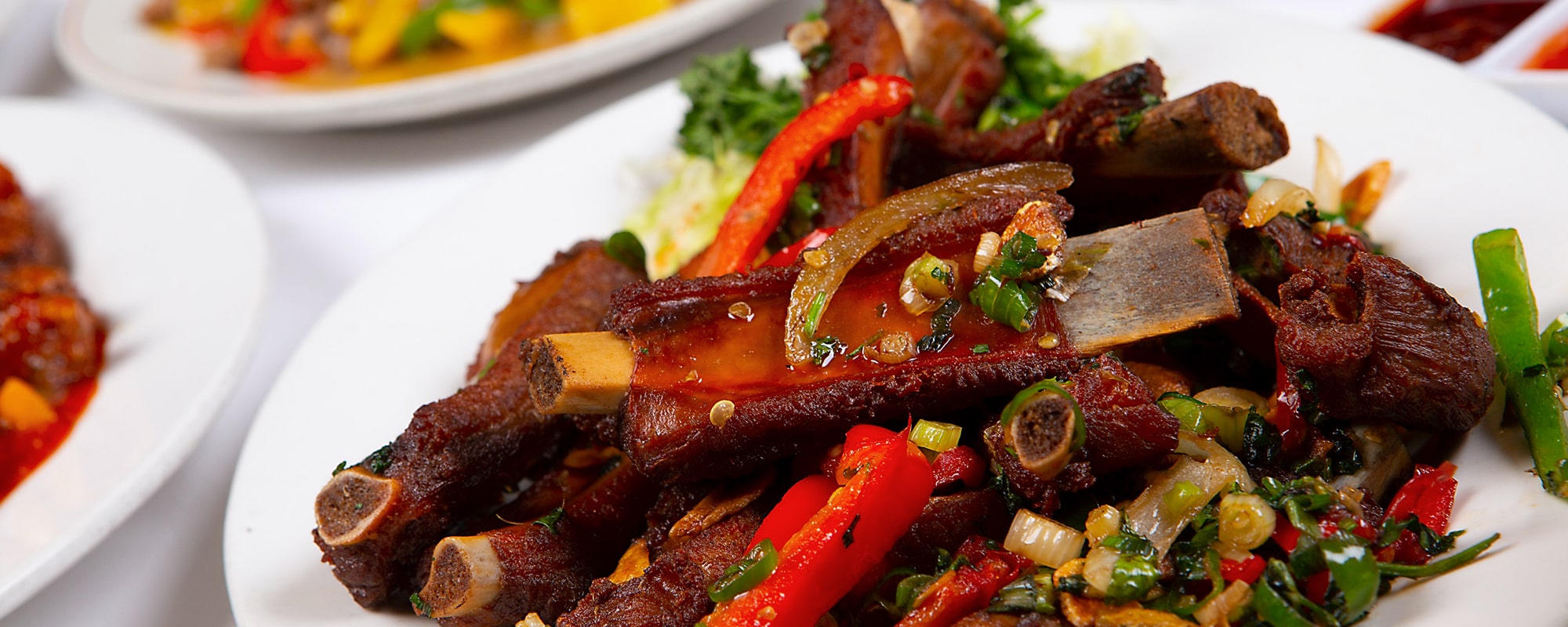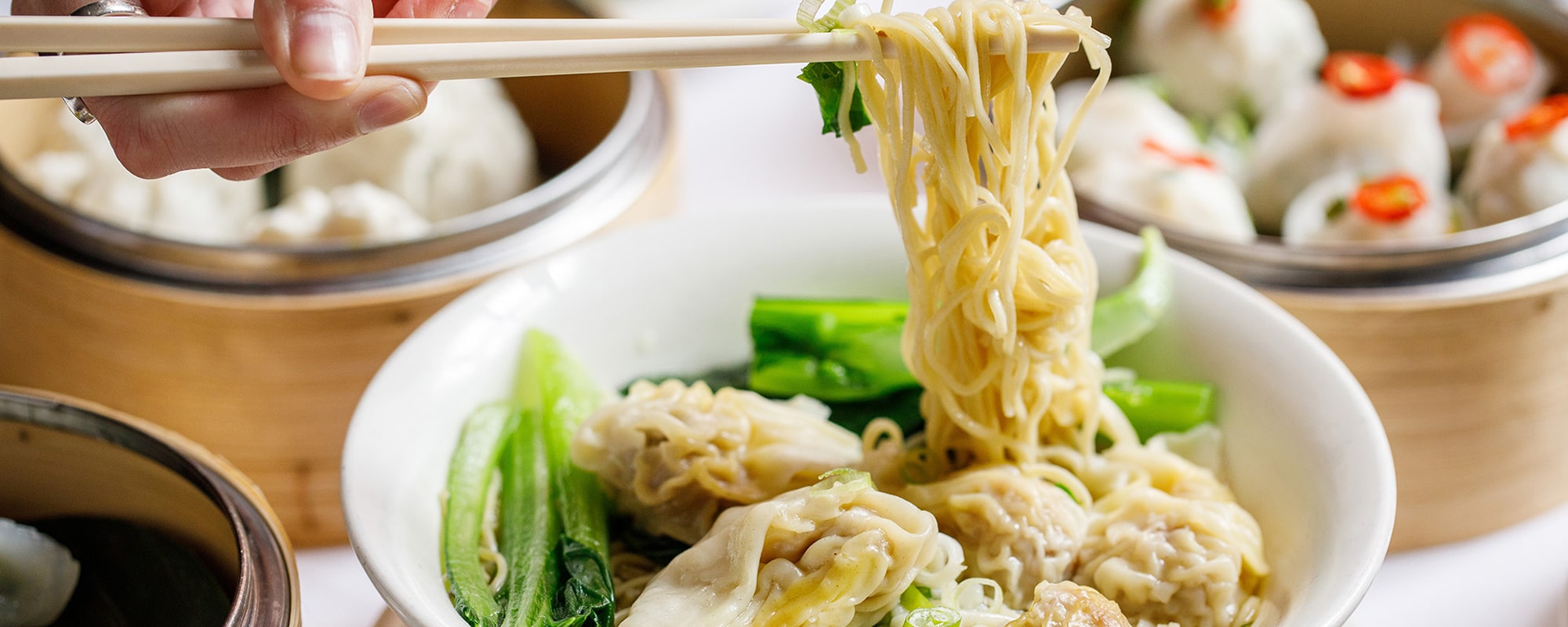Blog
A Brief History of Bao
- 16 September 2019
Baos are hugely popular across China. Buns vary from the size of a dumpling to the size of a burger depending on which region you’re eating them in. Here we’ll give you a brief guide as to how Baos became popular and how they differ from region to region.
Who made the first Bao?
The Bao (‘bun’) developed in Chinese culture as a filled form of ‘Mantou,’ a plain steamed dumpling which is often compared to bread. The story behind this steamed delight explains not just its unique shape, buy why its development into Baos (or Baozi) was such a natural one.
Mantou is said to have been created by legendary 3rd Century military strategist Zhuge Liang. On the way back from battle during his famous Southern Campaign to quash a rebellion around the area which is now Sichuan province, Zhuge was faced with an enormous logistical challenge. The strategist had defeated his enemies, but was staring at the prospect of defeat not by an army, but by a river which was impossible to cross. The river was said to be closely guarded by a Deity, who refused to allow safe passage to Zhuge unless he threw the heads of 50 of his soldiers into the river. Wanting to satisfy the Deity’s demands without sacrificing his troops, Zhuge ordered for 50 buns that looked like human heads, due to their flat bases and round shapes, to be thrown into the river. The plan was a success, the Deity was deceived, safe passage was granted and the buns were named Mantou (barbarian’s heads) in celebration of the famous victory that Zhuge had masterminded over the barbarian rebels.
This story of military victory then developed into a people’s victory against the barbarities of bad lunch, as the buns became filled with a huge variety of delicious meats and vegetables. While the maker of the first Bao isn’t known, what is known is that each region of China is fiercely proud of their own traditional method of making the bread-based snack. This pride is not dissimilar from the debates that begin across the UK whenever somebody tries to distinguish between rolls, cobs, baps, barms and barmcakes. Some of the most significant regional differences are as follows.
Baos In Chengdu (Sichuan)
Wheat grows prominently in northern China and these buns which are often filled with spicy mixtures of pork, beef, vegetables and sometimes egg, are hugely popular. As the wrappers are made from wheat, they are thick, fluffy and almost resemble a miniature version of the bread-based snacks that UK food lovers are used to seeing in their local bakeries.
Baos In Hong Kong

Hong Kong is home to the world-famous Char Siu Bao. These buns are made with the rice flour that’s found everywhere in Southern China, rather than the wheat-based flour that is a staple of the warmer climes of the North. The resulting slightly thinner wrapper allows the irresistibly sweet barbecue pork filling at the heart of this dumpling to take centre stage, and touch your soul as powerfully as that extra-special song from your favourite singer’s performance at Glastonbury.
Baos In Shanghai

Xiaolongbao, the world-famous soup dumplings that are a staple of Shanghai cooking, are enormously difficult to cook, but are even more rewarding to taste once they have been prepared to perfection. These baos take their name from Xiaolong, the special steaming basket in which they must be served. To eat these dumplings in the traditional style, once you’ve taken them out of the steaming basket, you need to pierce them and then drink all the goodness found in their soupy cores, before enjoying the bun afterwards. Immense care needs to be taken by chefs as they wrap these dumplings’ fillings in a gelatine that will melt into soup when heated. If the dumplings are overcooked, and break before they have been pierced, then diners will be greeted with a nightmarish soupy splat on attempting to remove these baos from their Xiaolong. However, when cooked by a master chef, these dumplings are reminiscent of hearty soups and wonderful childhood memories. Fortunately, these master chefs have been a constant present in Chung Ying’s kitchens for our entire 38-year history.
Baos In Taiwan
These burger-sized buns have stormed the world as a phenomenal fast-food dish, which allows you to enjoy all of the flavour that you would experience during a long meal, without having to make a similar time commitment. Although this dish is often eaten on-the-go, absolutely no corners are cut when it comes to the quality of its fillings. Everything from fresh crab, to sizzling beef, to delightfully sweet potato finds a way into a Taiwanese Bao.
Gua Bao (Crispy Pork Bao) at Chung Ying Central

This is a particularly special and celebrated variety of Taiwanese Bao, filled with succulent and sensationally seasoned belly pork. These buns are traditionally made from lotus leaves which are so soft, that they almost allow the texture of juicy, tender pork belly to just bounce off them, and land on your taste buds with immaculate timing and precision. Seasonings and complementary fillings vary from chef to chef, but traditionally they include; ground peanuts, coriander and Sun Cai (pickled mustard greens).
Chung Ying Cantonese Dim Sum Menu







